In the R&D labs of NTT, research engineers are working on the next generation of ‘optoelectronic’ devices that promise to catalyse a step-change in information and communication technology (ICT).
They dream of a world with small, light, low-cost devices that use a hundred times less energy and are a hundred times more powerful than what we use now, passing a hundred times more data at near-instantaneous speeds. That’s the promise of photonics: using light-based circuitry to replace or augment electronics.
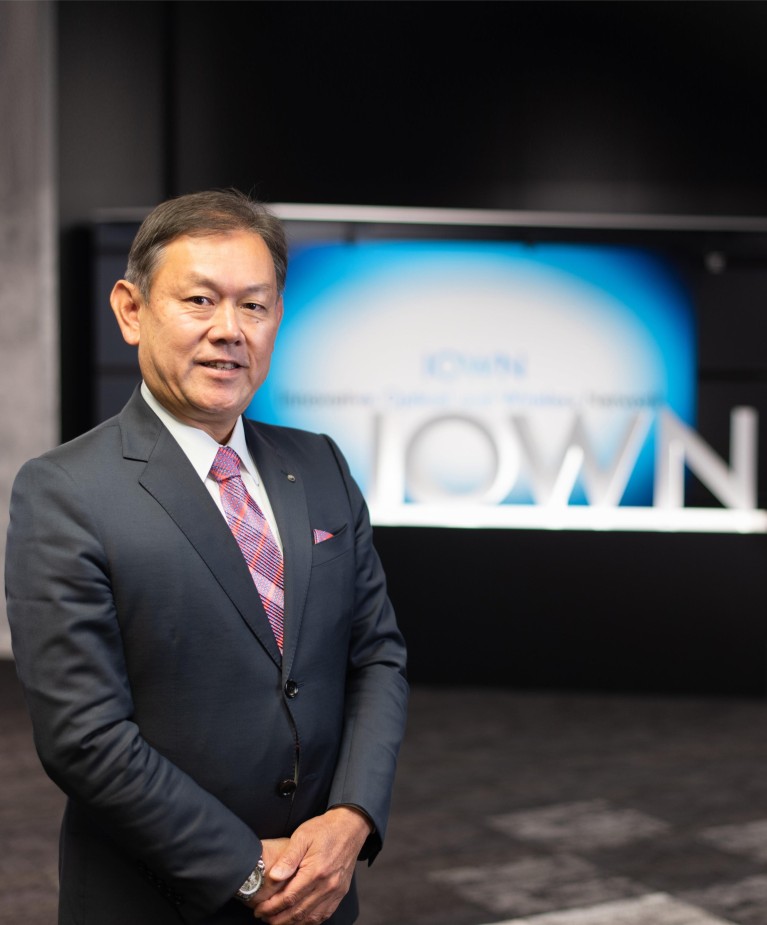
Dr Katsuhiko Kawazoe, Executive Vice President, Head of Research and Development Planning.© NTT Corporation
“Such cutting-edge technologies could allow us to overcome the limitations of current Internet-based ICT, which are speed and power consumption,” explains NTT’s head of R&D, Katsuhiko Kawazoe.
“We will not achieve sustainable ICT innovations unless we fundamentally change our existing electronics-based technologies. By switching from electronics to photonics we could resolve these problems.”
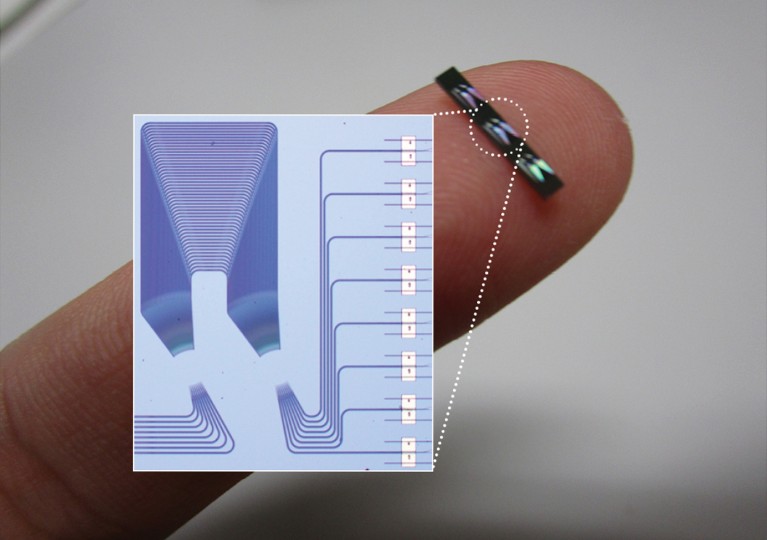
Photonics and electronics converge on this chip.© NTT Corporation
Last year, NTT, headquartered in Japan, reported the development of a new microscale optoelectronic transistor — the fundamental logical element on which all computational devices are based. The NTT transistor integrates light-based information transmission with conventional electronic circuitry. What separates this device from other similar technologies is its ultra-low power consumption: it uses less than one one-hundredth of the energy of previous types, while being small and fast enough to form the basis of real applications. It was a breakthrough that triggered an epiphany for Kawazoe.
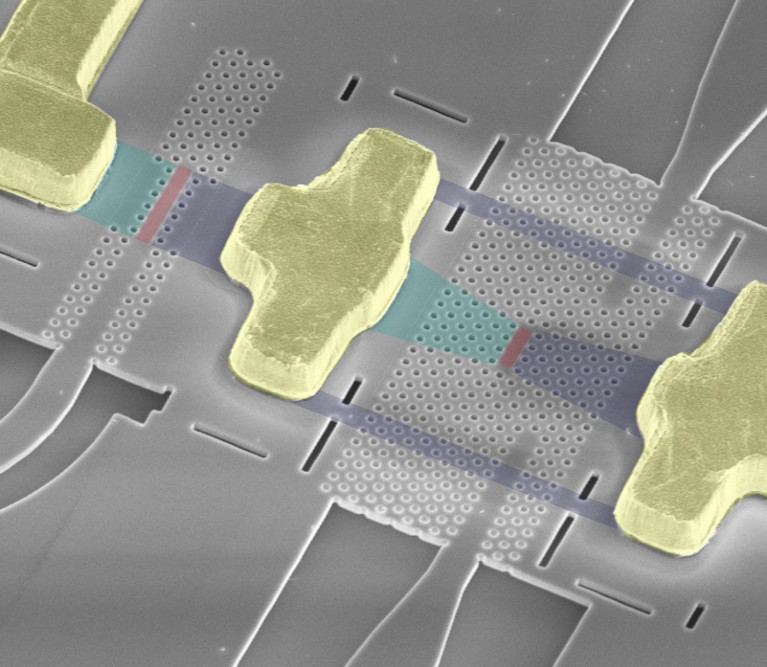
Ultra energy-effcient optical transistor.© NTT Corporation
“In January 2020, NTT founded the IOWN (Innovative Optical and Wireless Network) Global Forum with Intel and Sony,” says Kawazoe.
“We are aiming for a leap toward 2030, based on parallel developments in many different fields. NTT can’t provide all of the technologies, functions and services on its own, so we need active partners who share the IOWN vision. Despite the extraordinary circumstances of 2020, we already have 31 partners, including major global organizations like Microsoft, Dell, Toyota and Ericsson. We believe this is a testament to the promise of the IOWN vision.”
Toward an augmented society
There are many dimensions to the IOWN concept. With fast, low-power connected devices embedded throughout society, advanced network and computing services are needed to connect and coordinate them. The IOWN initiative aims to use artificial intelligence to take high-resolution, multi-sensory observations of the world to autonomously simulate, predict and respond as required.
“When we talk about traffic control, for example, we need car-borne sensors that can see, hear, feel and sense faster and more accurately than humans, and centralized communication and control systems that can respond ten times faster than a human,” says Kawazoe. “At the same time, we need to optimize the efficiency of devices and computational resources by moving to scalable, on-demand computing and devices.”
NTT has developed a connected cars platform with Toyota. Using IOWN technologies that extract the necessary data from Internet of Things (IoT) devices, mobility services will forecast traffic optimization at the city level. IOWN technologies can provide city-scale predictions such as traffic collision prevention, individual interaction and coordinated guidance during disasters.
“We call it ‘digital twin computing’,” says Kawazoe. “We want to expand the idea of modelling and simulating a single ‘twin’ to include interactions between many digital twins, which will allow us to run human and society-level simulations for advanced prediction and automation.”
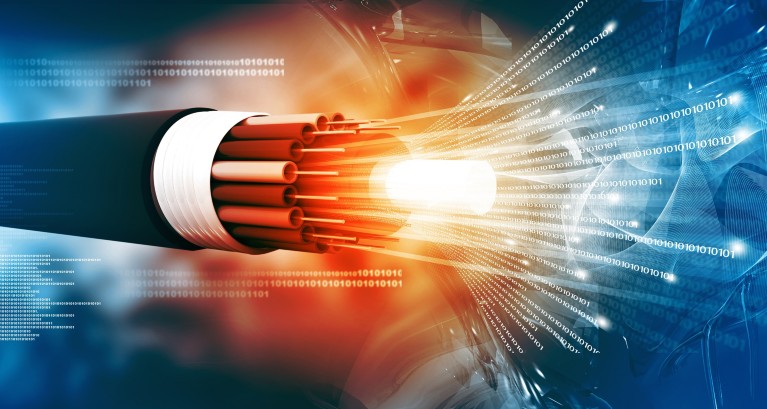
NTT has been involved in the development of optical fibretechnology for more than 40 years.© Shutterstock
Another of IOWN’s big enabling technologies is introducing photonics technology into both computing and networking. ‘Photonics disaggregated computing’ enables scalable, low-power-consumption computing infrastructure. The ‘disaggregated’ part of the name refers to the fact that machines are separated into computing components such as CPUs, memories and GPUs. Flexible direct optical connections between these components allows resources to be selected on demand, via a virtual computing system, meaning powerful AI operations can be distributed across different data centres. Innovative multi-wavelength transmission would allow different wavelengths to be assigned to different dedicated functions over a single fibre-optic cable. This would guarantee bandwidth and speed for critical applications such as disaster management.
“Photonics disaggregated computing and an all-photonics network with multi-wavelength transmission are key fundamental infrastructure technologies for the IOWN, and NTT is now developing their architectures and fundamental devices, such as special optical fibres,” says Kawazoe.
For coordinating such capabilities effectively, one of the IOWN’s technology concepts is a ‘multi-orchestrator’, which intelligently and dynamically optimizes the allocation of network and computing resources.
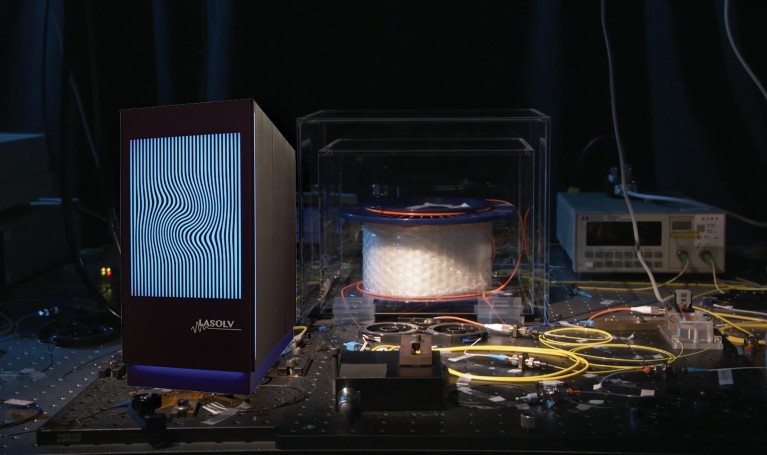
Coherent Ising machine, for combinatorial optimizationproblems.© NTT Corporation
IOWN applications for diverse industries
Kawazoe predicts that in the coming era of the IoT, artificial intelligence (AI) and digital twin computing, full automation and machine-to-machine communications and interactions will become ubiquitous, providing functions that are beyond the capability of humans.
“The IOWN will enable remote monitoring and control of agricultural machinery with high precision,” Kawazoe says. “The AI system could analyse diverse sensor information to predict the quality of multiple network systems, autonomously select the best network system and perform stable automatic driving, operating 24 hours a day. This could address the global issue of agriculture labour shortages and improve food security.”
Since these cases need a lot of computing resources, they also consume a significant amount of power. In this sense, IOWN’s ultra-low power consumption technology will play a key role in achieving sustainable growth.
“By 2030, we expect to have developed a range of IOWN services and be running various technology trials. Over the next two years we will be releasing the architectural framework for the IOWN technologies and technical specifications to support industry collaboration. As society changes and becomes more complex, technologies will adapt to diverse needs. As the first president and chairperson of the IOWN Global Forum, I invite all potential collaborators who share our vision to join the IOWN and develop the future.”


